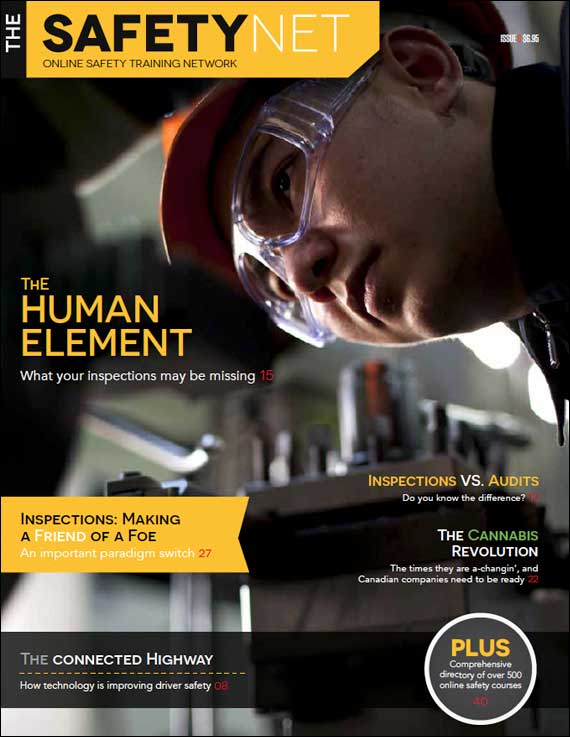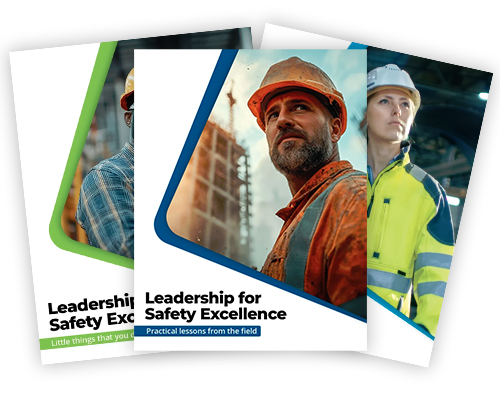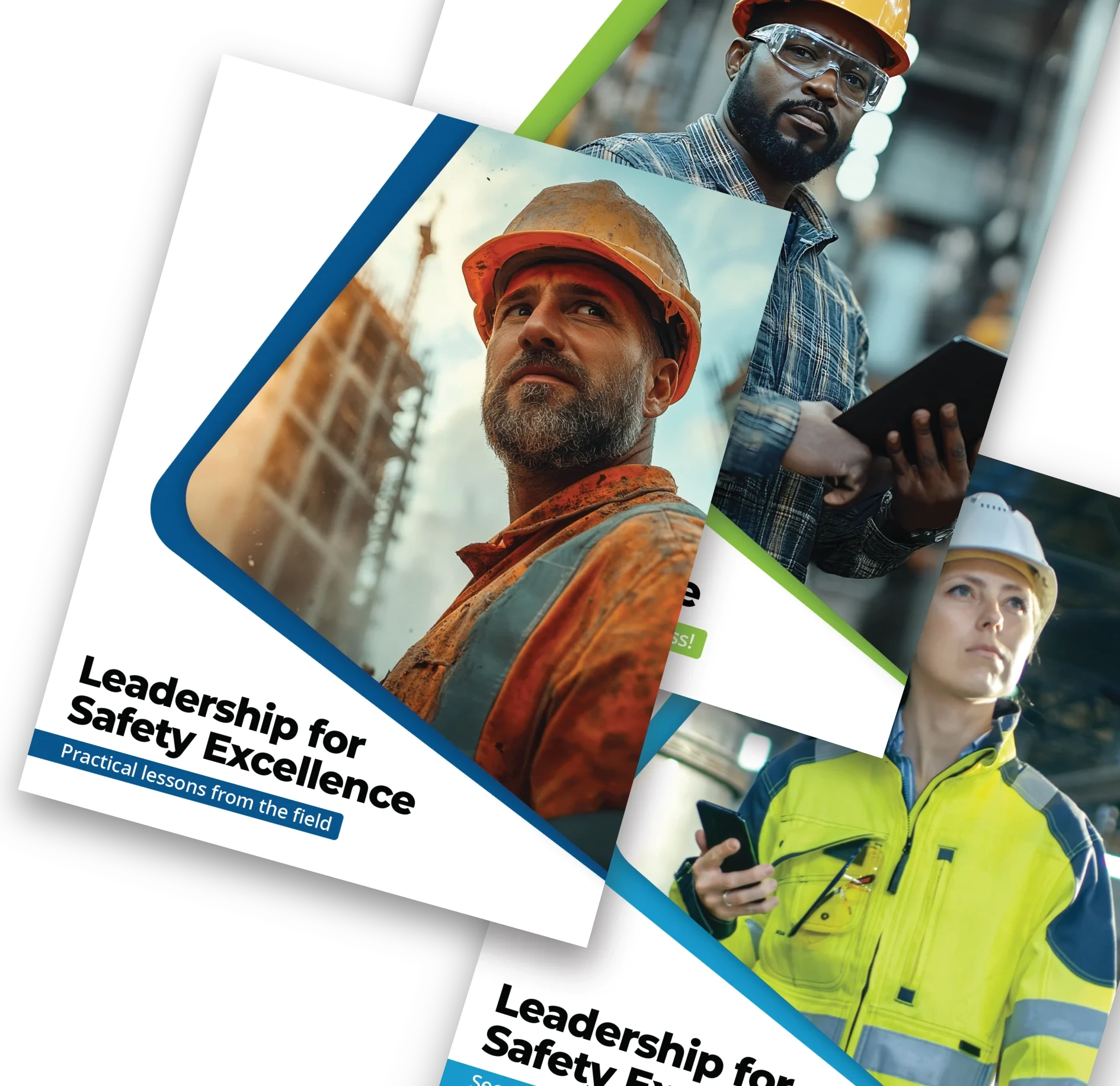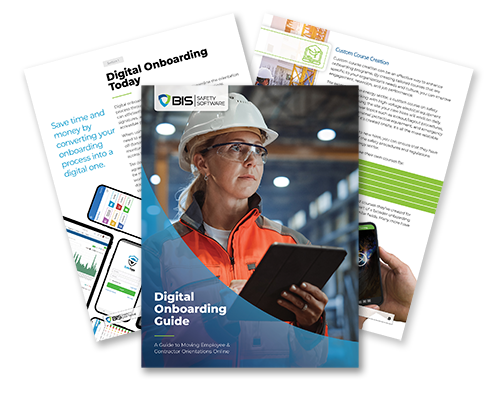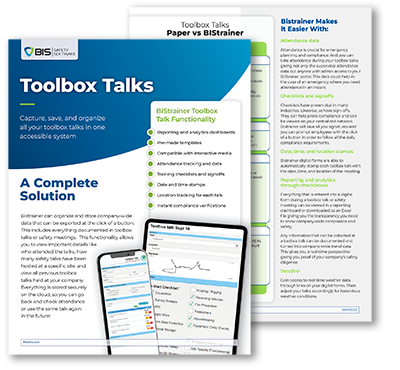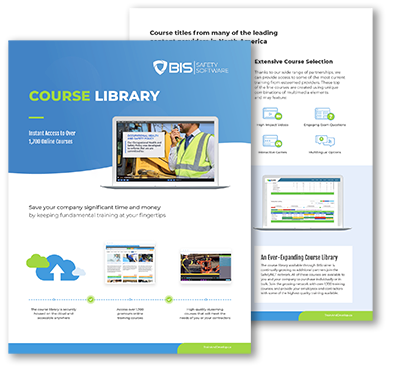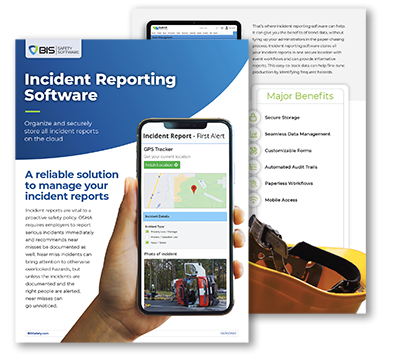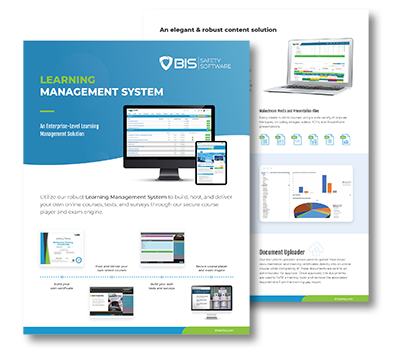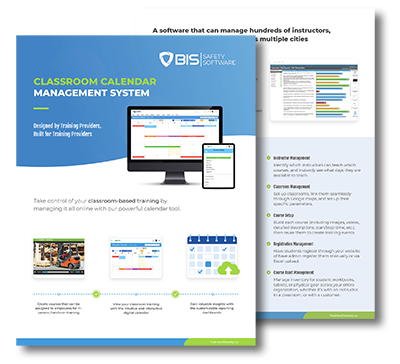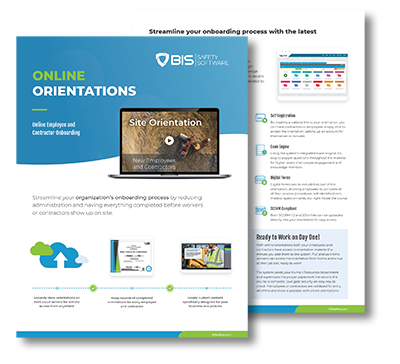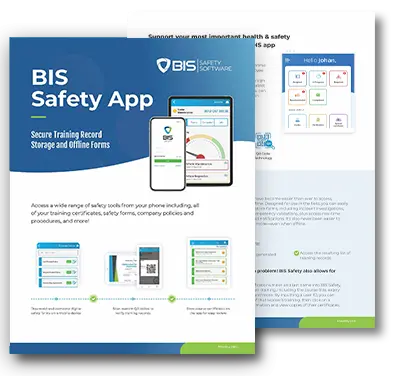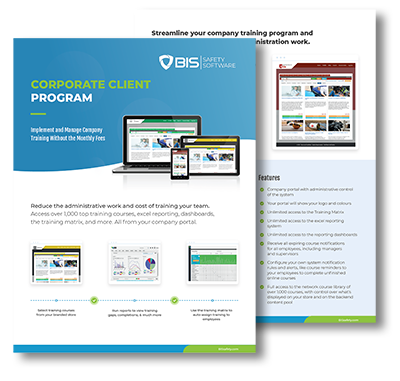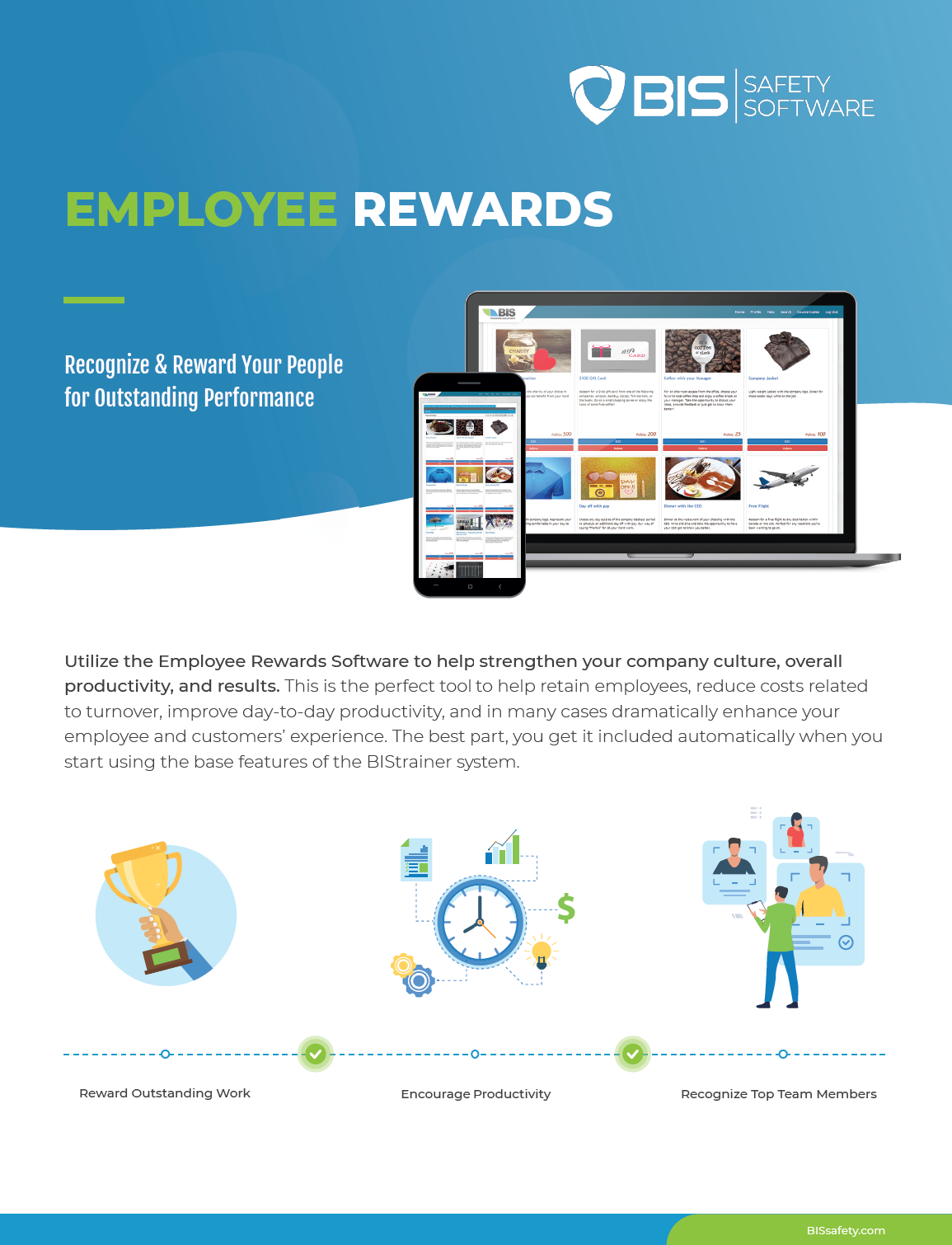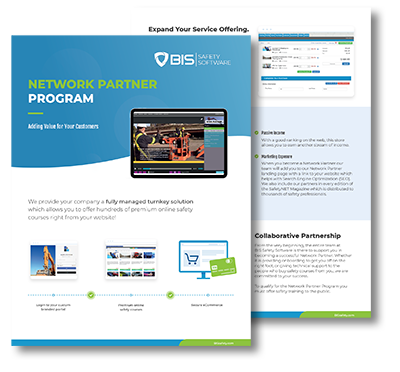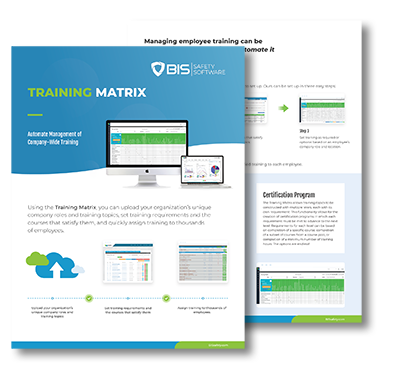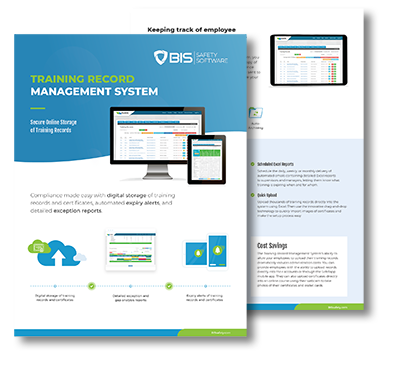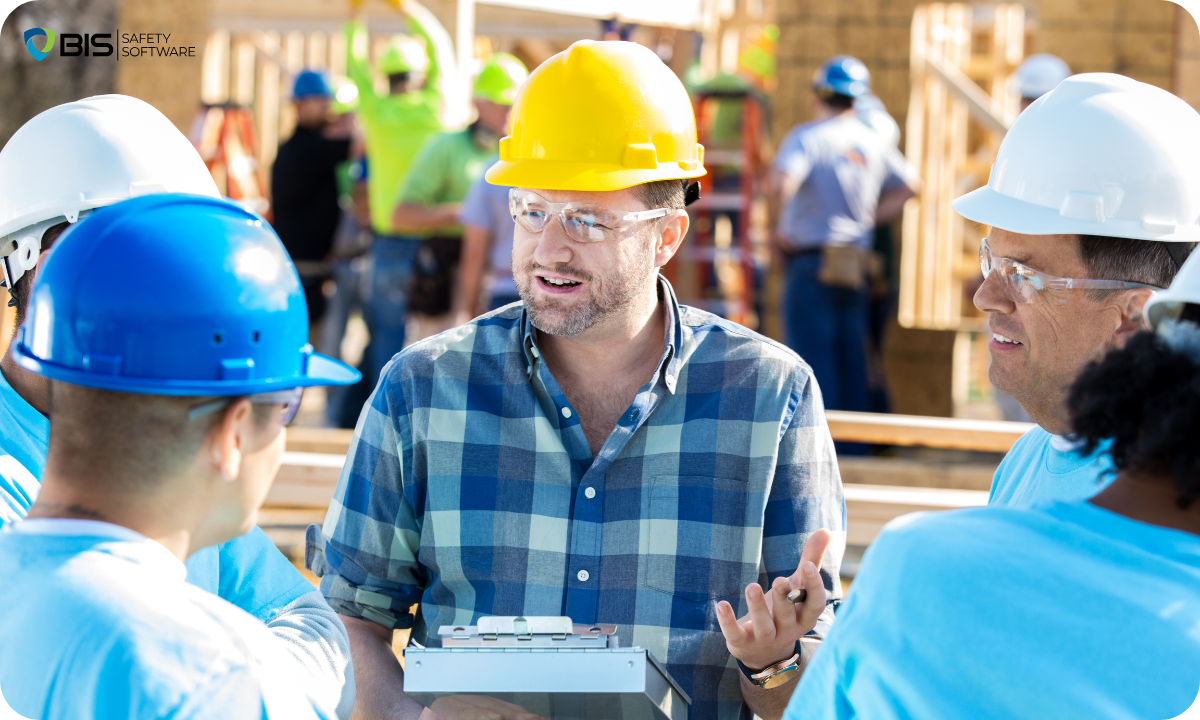
Turning Tragedy Into Change: How Canada Built Safer Workplaces
For many Canadians, the 1992 Westray Mine disaster is more than a headline—it’s a turning point. A methane explosion claimed the lives of 26 miners in Nova Scotia, exposing not just corporate negligence but the devastating cost of complacency. The tragedy rocked the nation and eventually gave rise to the Westray Bill, a landmark law that made organizations criminally liable for failing to uphold safety standards.
It was a defining moment. But it wasn’t the first time Canadians had to learn safety the hard way—and it wouldn’t be the last.
Canada’s journey toward safer workplaces has been shaped by painful lessons and the persistent efforts of those unwilling to accept injury or death as part of the job. Tragedies have often been the spark for reform. But increasingly, so has data, education, and a growing recognition that safety isn’t a line item—it’s a culture.
Organizations like the Canadian Centre for Occupational Health and Safety(CCOHS) have played a critical role in moving safety forward through information, training, and accessible resources. Founded in 1978, the CCOHS created a national hub of best practices and research. It gave businesses and workers alike the tools to be proactive, not just reactive.
On the provincial level, groups like WorkSafeBC and Energy Safety Canada are tailoring safety programs to the unique needs of local industries—from oil and gas to construction to forestry. This layered approach ensures that safety standards aren’t just comprehensive, but also context-specific and responsive.
But it’s not just laws and organizations that have pushed the envelope—technology has reshaped the game. From early machinery guards to today’s wearable sensors and AI-powered hazard detection, innovation has made it easier than ever to identify and reduce risk. Still, as Brett Burkard, former CEO of Titan Environmental, emphasized, “You need buy-in from workers and leaders. People build safety into the culture through awareness and repetition. It doesn’t just happen.”
It’s a reminder that safety isn’t something you can bolt onto a workplace—it has to be woven in. Tools help, but people make safety real.
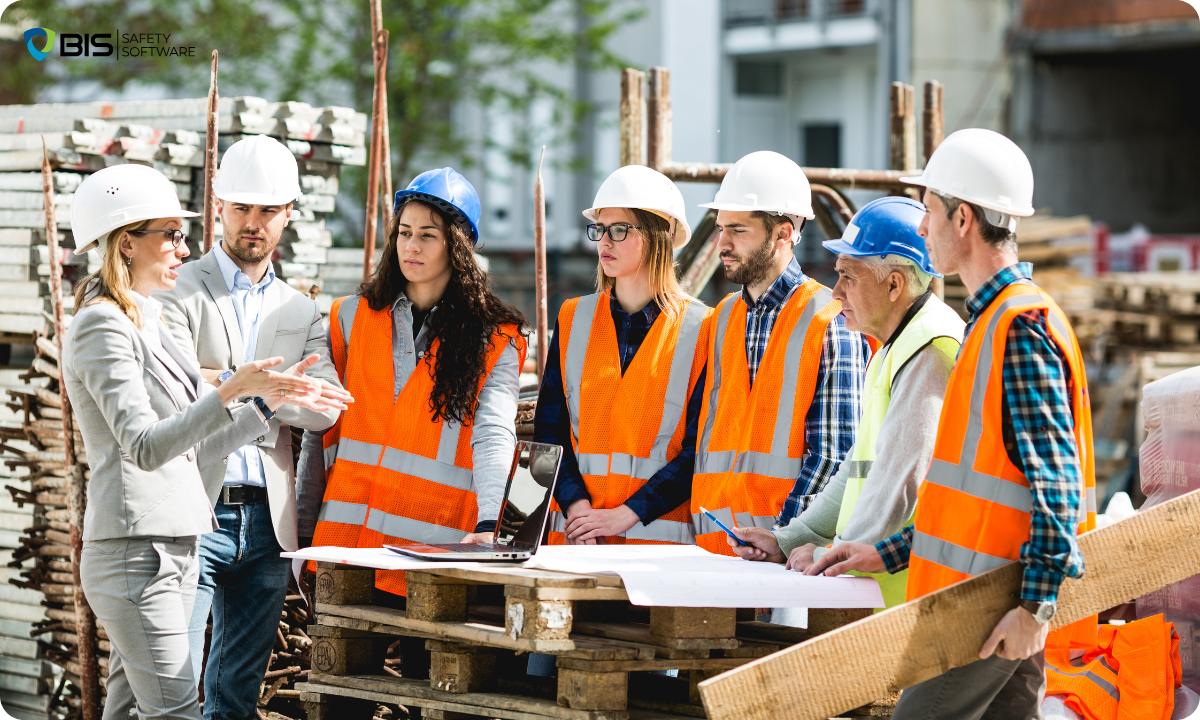
That idea has taken on a broader meaning in recent years. No longer is safety limited to physical hazards. Mental well-being is now recognized as an essential part of workplace safety. Burnout, stress, and trauma aren’t just HR concerns—they’re safety concerns. Companies are responding with policies that support psychological safety, including training, wellness programs, and peer support systems.
As Johanna Pagonis of Synagap Solutions notes, “You can have the best systems and processes, but if people aren’t empowered or don’t feel psychologically safe enough to speak up, you’re always going to fall short.”
From legislation born of disaster to innovations driven by collaboration, Canada’s safety journey has been one of evolution. It’s a shift from after-the-fact corrections to forward-looking strategies. And at its heart is a simple belief: every worker deserves to feel safe, supported, and heard.






